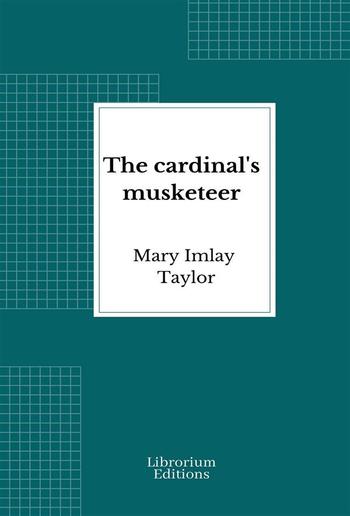
Mary Imlay Taylor - The cardinal's musketeer
The cardinal's musketeer
Mary Imlay Taylor
Description
ON the Rue de la Ferronnerie, near the end of the Rue St. Honoré, where Henri Quatre was stabbed, stood the clockmaker’s shop. In the days of the thirteenth Louis, the streets of Paris were narrow; the windows of one dwelling peeped curiously into those of its opposite neighbor, and especially was this true of the old Rue de la Ferronnerie and of the shop of Jacques des Horloges, the famous clockmaker, at the sign of Ste. Geneviève. It was shop and house united, the upper story overhanging the lower, and under the eaves of the gabled roof the swallows built their nests. It was a quaint little house, the weather stains upon its front and the narrow windows speaking plainly of its antiquity. The strong oak door, black with age, had iron clamps which formed crosses at the top and bottom, while in an alcove above was a rough stone image of Ste. Geneviève.Within, on the lower floor there were three rooms; the one in front was the shop, next to this was the living-room for the clockmaker’s family, and in the rear the kitchen. In the second story there were three small apartments, and above these again was the attic in the gabled roof. From the interior of the house this garret could be reached only by a ladder, put through a trap-door in the floor; but there was another entrance by a stone staircase which ascended to the roof on the outside of the house, from the court in the rear. From these steps two doors opened into the interior, one at the second story and one, a small one, in the roof; the first was frequently opened, the latter was always securely fastened.

